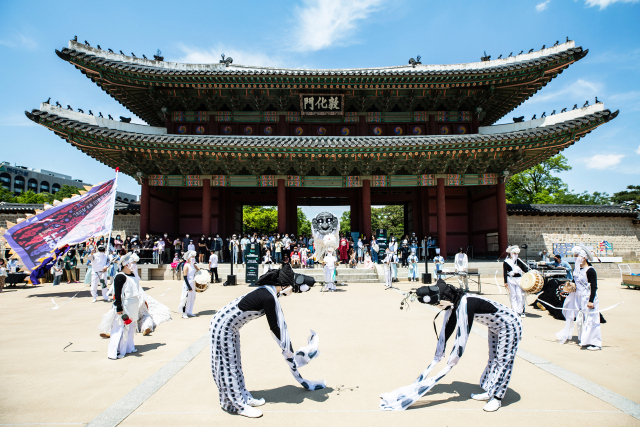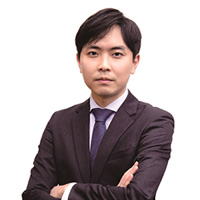Visits to historic sites double during Lunar New Year holiday
By Choi Si-youngPublished : Feb. 19, 2024 - 15:25

Historic sites in Seoul connected with the Joseon era (1392-1910) during last week’s four-day Lunar New Year holiday saw more than twice the number of visitors the previous year, according to the Cultural Heritage Administration on Monday.
Seoul’s four main royal palaces -- Gyeongbokgung, Changdeokgung Changgyeonggung and Deoksugung -- and the royal tombs as well as the Jongmyo Shrine drew a total of 534,347 guests, up from 246,022 recorded in the four days from Jan. 21-24 in 2023.
CHA officials attribute the 117 percent annual increase in attendance to post-pandemic recovery and a rising number of foreign visitors.
“There’s a clear pickup in tours to our historical sites after all the pandemic-era restrictions were cleared,” a CHA official said of the reason behind the visitor surge, though declining to say whether the upward trajectory would continue next year.
“The ever-rising Korean cultural reach is basically built on Korea’s traditional culture and we might be seeing a growing interest there too,” the official added.
Gyeongbokgung reported the highest number of guests overall at 316,577, followed by Deoksugung at 64,569, Changdeokgung at 38,370 and Changgyeonggung at 37,365. Tombs, scattered across Seoul and neighboring Gyeonggi Province, had attracted 60,757 visitors.
By nationality, there were more local visitors than foreign ones, with the figures each coming at 389,351 and 144,996, respectively.
In an effort to improve accessibility, foreign visitors will be able to buy tickets online via a designated link for the K-Royal Culture Festival, scheduled for spring and autumn, for the first time, according to the CHA.
The biannual event involving the four main palaces in Seoul, plus Gyeonghuigung, will this year feature nighttime programs “brought by cutting-edge technologies like theatrical lighting,” the agency said.





![[Weekender] How DDP emerged as an icon of Seoul](http://res.heraldm.com/phpwas/restmb_idxmake.php?idx=644&simg=/content/image/2024/04/25/20240425050915_0.jpg&u=)




![[Music in drama] An ode to childhood trauma](http://res.heraldm.com/phpwas/restmb_idxmake.php?idx=644&simg=/content/image/2024/04/25/20240425050929_0.jpg&u=)







![[Herald Interview] Mistakes turn into blessings in street performance, director says](http://res.heraldm.com/phpwas/restmb_idxmake.php?idx=652&simg=/content/image/2024/04/28/20240428050150_0.jpg&u=20240428174656)
